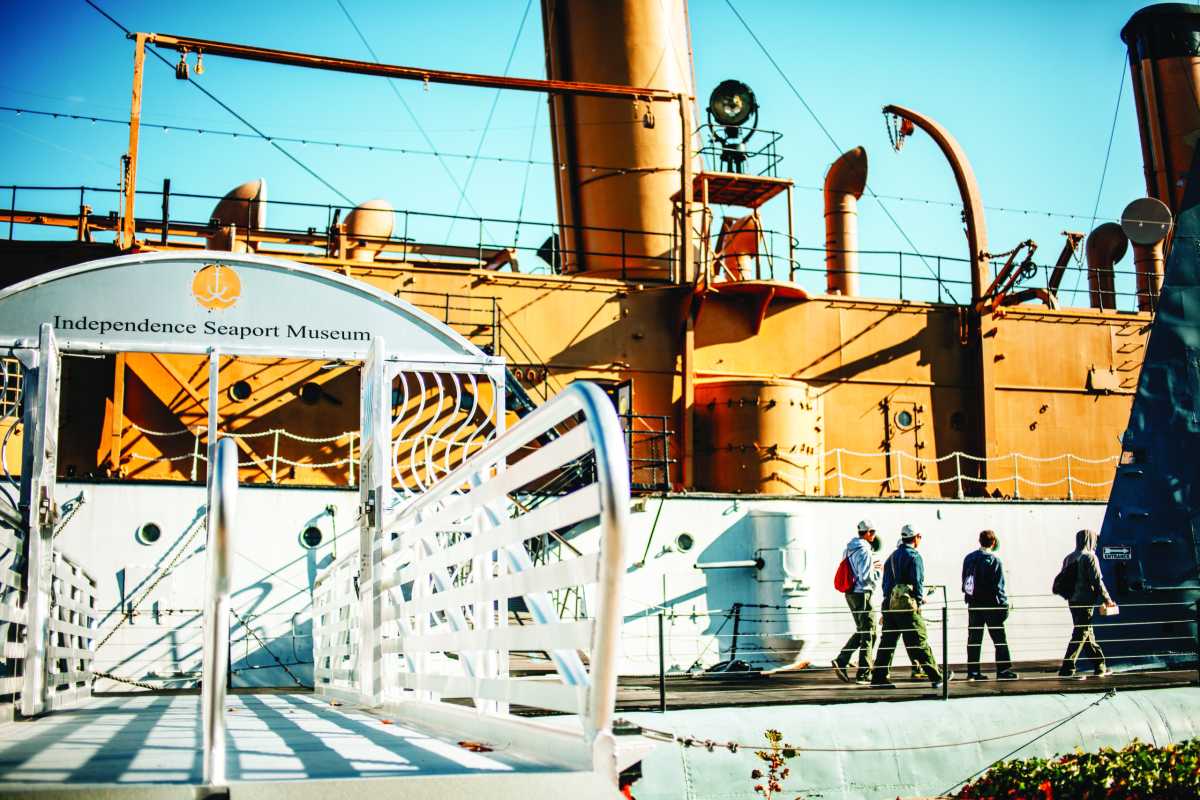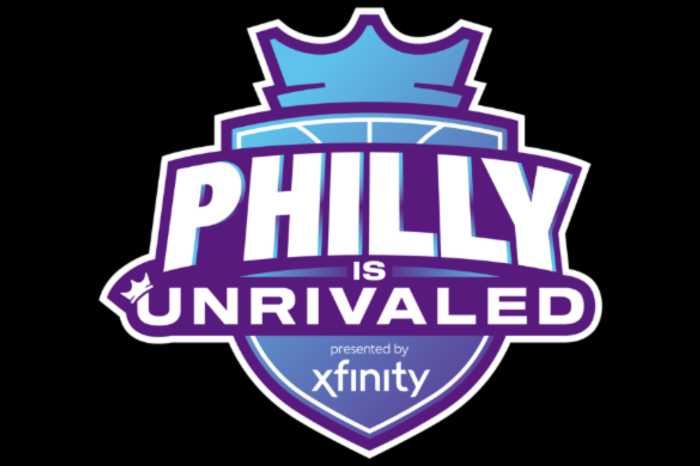What is history to you?
It’s an interesting question and one that poses an opening for an assortment of answers—but something that’s undeniable is the case that history is undoubtedly important in understanding how we got to our present.
At the Independence Seaport Museum, history is filled with aquatic and maritime influences that date back to many, many years ago. But on Monday, there is one meaningful ceremony dating back to 1921 that will be kicking off along with new features at the museum to follow suit.
On Oct. 25 starting at 2 p.m., ISM and partnering national organizations will honor the Centennial Anniversary of the Unknown Soldier on Cruiser Olympia with a special ceremony on the deck of this National Historic Landmark. After World War I, the U.S. Navy chose Olympia to bring an Unknown Soldier’s remains from Le Havre, France, to the Washington Navy Yards, where they’d be laid to rest in the newly established Tomb of the Unknown Soldier in the Arlington National Cemetery.
Olympia’s significance didn’t just start and end with that specific voyage either, and she’s even been around the city longer than the museum itself.
“If you think about today’s favorite athlete, musician, whoever that is… this ship was that,” says the ISM COO Mike Flynn. Apart from having the honor of firing the first shot in the Spanish-American war, Cruiser Olympia and its Captain George Dewey were virtually rockstars at a time when the U.S. was moving on from a self-governing entity to becoming a global force in international politics acquiring areas such as Guam and Puerto Rico. So, when it came time to do an immense task such as voyage with remains, there was really no better choice.
“With WWI in particular there were so many lives lost, so much more than any other war at that point. They wanted to give a person who lost a loved one who never came back a chance to grieve. The unknown in DC represents anyone who’s lost someone— it could be your uncle, your bother, your friend, whoever it is. It’s purposefully unidentified. Olympia’s connection is incredibly strong. She’s the only ship still left that carried an unknown,” Flynn explains.
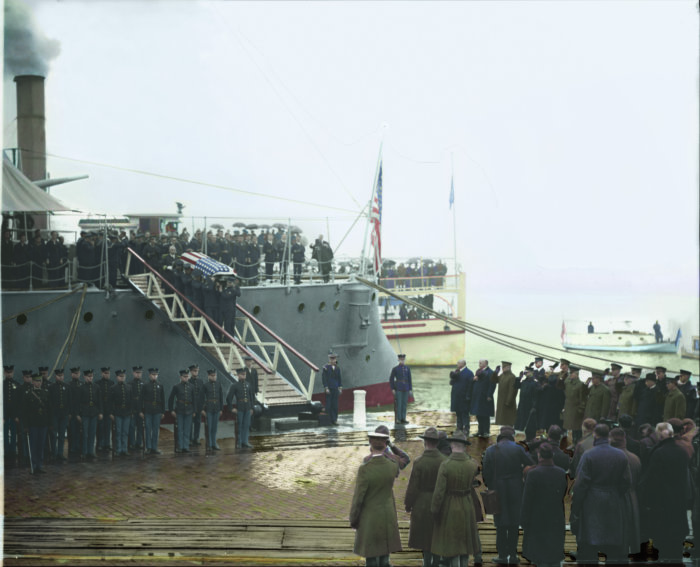
“We probably will never have another unknown soldier with modern forensic technology. It was important for a family who so many years ago sent their loved ones to such a different place, then have no closure when they get notified that they went missing [to grieve],” adds Independence Seaport Museum President and CEO Peter Seibert. “With COVID today, some of these families are unable to be with their family members when they passed and they couldn’t have a funeral as they expected to—it was the same set of circumstances for the families in WWI and WWII when their family members were simply lost. So, the unknown became a symbol for a nation to look at when you couldn’t go to the grave and you didn’t know what happened. You had no details. That sense of isolation is pretty significant.”
This voyage that happened was not an easy one. As visitors will see in the museum’s exhibit, ‘Difficult Journey Home’, the men who made this trip to bring back the remains went through huge obstacles, including a hurricane or tropical storm somewhere in the mid-Atlantic so large that the marines on board (who acted as guards to the body) tied themselves down to the ship and to the remains to keep them intact. The 11-panel installation examines the entire 16-day voyage and highlights the extreme weather conditions the Cruiser endured. ISM also unveiled a bronze permanent historical marker on Olympia where the coffin was laid during its transport in 1921 this past Memorial Day, and that will be on display indefinitely.
The ceremony Monday is meant to signify the importance of this journey and the meaning behind what those remains meant in the past and what that symbolism means for our present.
“The planning for the ceremony has been underway for the past couple of years. We’ve been partners with the Society of the Honor Guard, Tomb of the Unknown Soldier and they’ve very much helped us lay the groundwork for a ceremony,” says Alexis Furlong, director of marketing and communications for the ISM. “It’s a three-tiered approach for people who are in attendance and who are watching online to understand the significance of the unknown soldier. Symbolism has been lost over the years, we’re hoping to really re-inspire a whole generation for those who are serving, families and the city to see the significance of what happened on board so many years ago.”
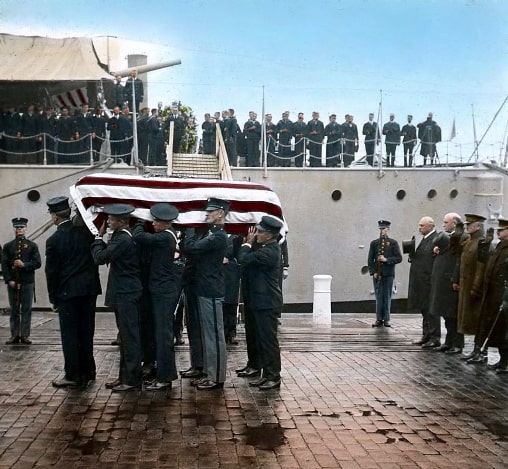
With help from the Honor Guards for the unknown soldier and other military facets, the ISM’s ceremony on Monday will feature a Navy Band, an Armed Force Color Guard and a Marine Silent Drill Team Platoon. There will also be someone from the French Embassy and Marine Corps there to speak, as well as Mayor Jim Kenney. Although this is the only ceremony honoring this happening in the U.S., one will also be happening at the same time in Le Havre, France simultaneously.
The ceremony is highly personal for some, including Carol Elliott whose grandfather Paul Hutchins was a WWI veteran of the U.S. Navy and served aboard Olympia during this treacherous voyage.
“After learning more about my grandfather and his naval service on Cruiser Olympia’s historic mission, the celebration is a very special moment for all of us. His story had been “lost “in our family. After reading a newspaper article several years ago in the Washington Post about the upcoming centennial of the Tomb of the Unknown Soldier, my mom (Jane Hutchins Ewing) mentioned that her dad had served on the ship that brought the remains of the unknown home in 1921,” explains Elliott. “I was not aware of that connection and realized that I did not know much about my grandfather. I began a journey of my own. After researching the original Captain’s Log and Muster Roll in person at the National Archives in Washington DC, I confirmed my grandfather’s naval service aboard Cruiser Olympia. What a thrill it was to find his name typed in both books.”
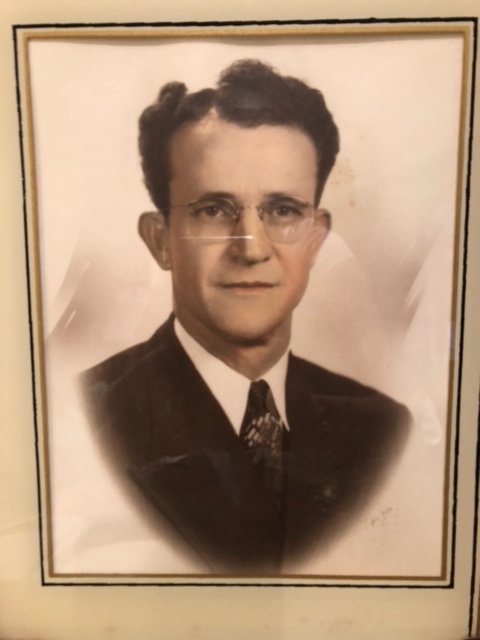
Elliott also requested her grandfather’s personnel records from the Military and pieced together his journey from rural North Georgia, where he was from. Through these records she learned just what he might have went through: From seeing the exchange of gun salutes, brushing shoulders with government and military dignitaries, seeing the solemn procession in France as the remains were brought aboard the ship, and hearing the band play in honor of the Unknown Soldier. Importantly, when Olympia docked in Washington DC to unload the casket, her grandfather stood at attention on the rail of the Olympia to pay respect to the Unknown Soldier as the casket was removed from the ship.
“I have seen pictures of the occasion, and it is humbling to know my grandfather is one of the sailors in the photo watching others receive the casket,” continues Elliott. “All these years later, it has been a joy to discover this piece of our family history and get to know my grandfather during this time in his life. A highlight was bringing my mom and dad, my husband, and our children to tour Olympia. Being on the ship knowing my grandfather walked the same decks, slept in the hammocks, and experienced that journey was extremely surreal for all of us, and especially my mom. The ceremony in Philadelphia honoring Olympia’s departure for its voyage 100 years ago on Oct. 25 will be special. There is also a plaque laying ceremony and a gun salute on Nov. 9 in Washington DC, where Olympia docked to deliver the remains. I hope many will visit the Olympia and consider supporting it financially to ensure her history and stories are preserved for generations to come.”
On top of the ceremony, Philadelphians can learn more about the Cruiser Olympia through guided engine tours happening every weekend (for around $10) where more historical significance is brought to the present through technological advancements. That engine room is a road map of progression of the math and science of war and understanding what life was like, as COO Mike Flynn tells it.
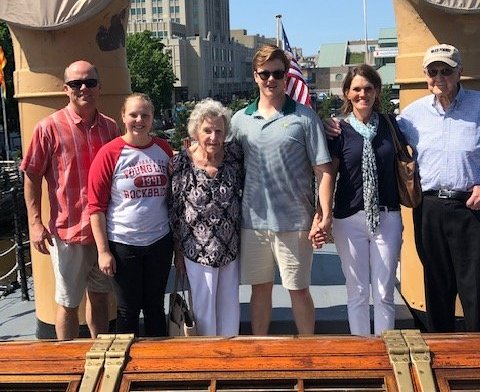
So then, what is history to those who continue to tell it?
“History for me is about identity, it’s about who we are,” finishes Seibert. “We are all products of our parents and our grandparents. Somewhere in our past, our ancestors survived epidemics, survived wars and thats how we’re here, biologically but also historically. So, for me, it’s very personal. My grandparents met during the first world war, and for people who come, I’m sure its personal because they have been touched either directly or indirectly with that story. That’s why this one is so important.”
To learn more information about the Independence Seaport Museum, the ceremony happening Oct. 25th and the Cruiser Olympia, visit phillyseaport.org



